Travel warnings and outdated stereotypes sometimes paint misleading pictures of perfectly wonderful destinations. While some European spots get unfairly labeled as dangerous or unwelcoming, the reality often tells a different story.
Let’s explore these misunderstood places where perception differs from reality. Sometimes, the most rewarding travels happen when we look past old headlines and give places a second chance.
Tirana, Albania
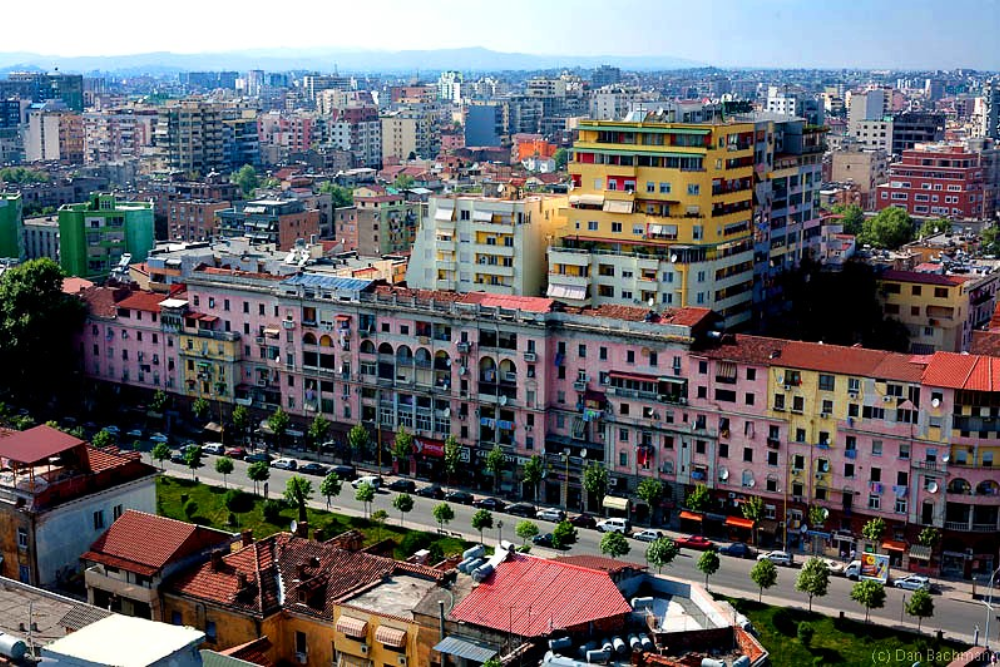
Once closed to outsiders, Albania’s colorful capital now buzzes with cafe culture and contemporary art. Friendly locals go out of their way to welcome visitors, while Ottoman-era streets mix with vibrant modern architecture.
Evening walks feel safe, and the city’s famous painted buildings light up like an urban rainbow.
Belfast, Northern Ireland
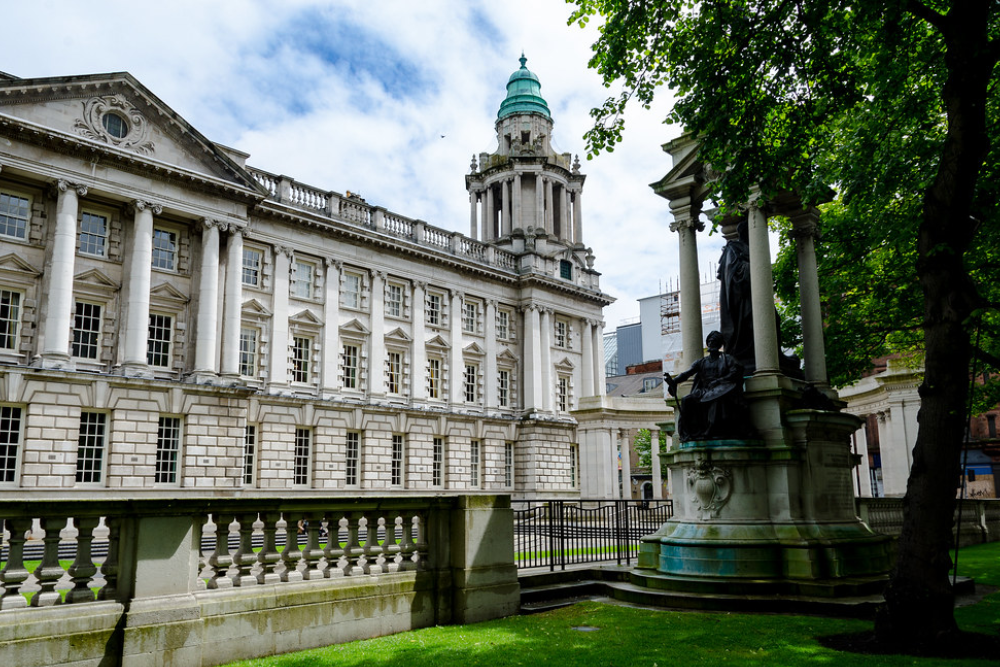
The troubled past has given way to a dynamic present. The Titanic Quarter showcases world-class museums, while historic pubs host some of the friendliest conversations in Europe.
Political murals now attract art lovers rather than reflect tension, and the food scene rivals any European capital.
Like Travel Pug’s content? Follow us on MSN.
Sarajevo, Bosnia and Herzegovina
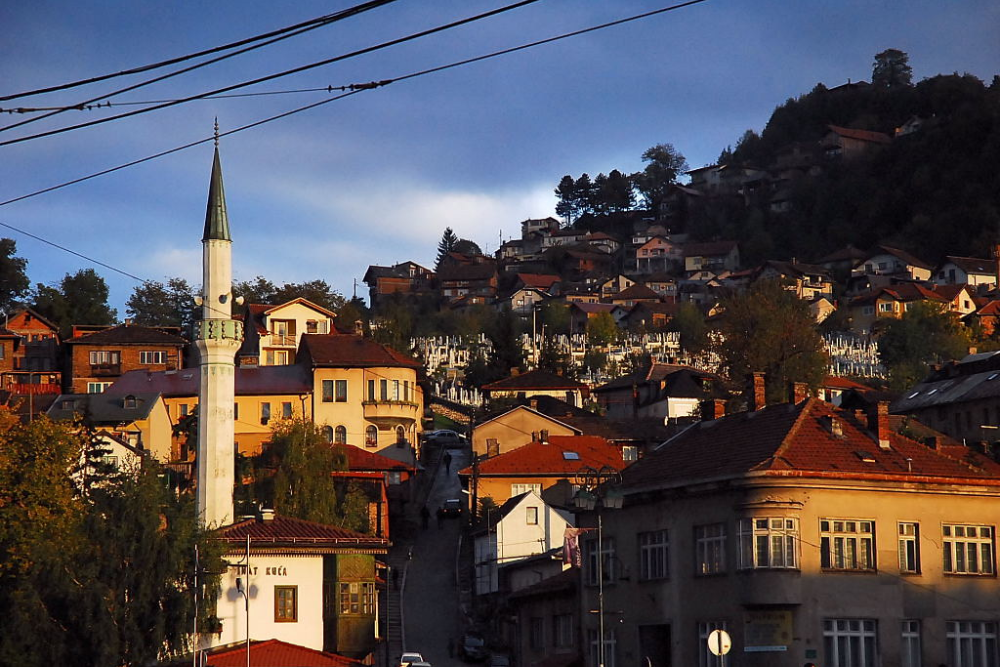
This historic crossroads has transformed from a war-torn city to a cultural treasure. Coffee shops overflow with conversation while Turkish bazaars bustle peacefully.
Modern trams glide past restored Austrian architecture, and the surrounding mountains offer safe hiking with spectacular views.
Ljubljana, Slovenia
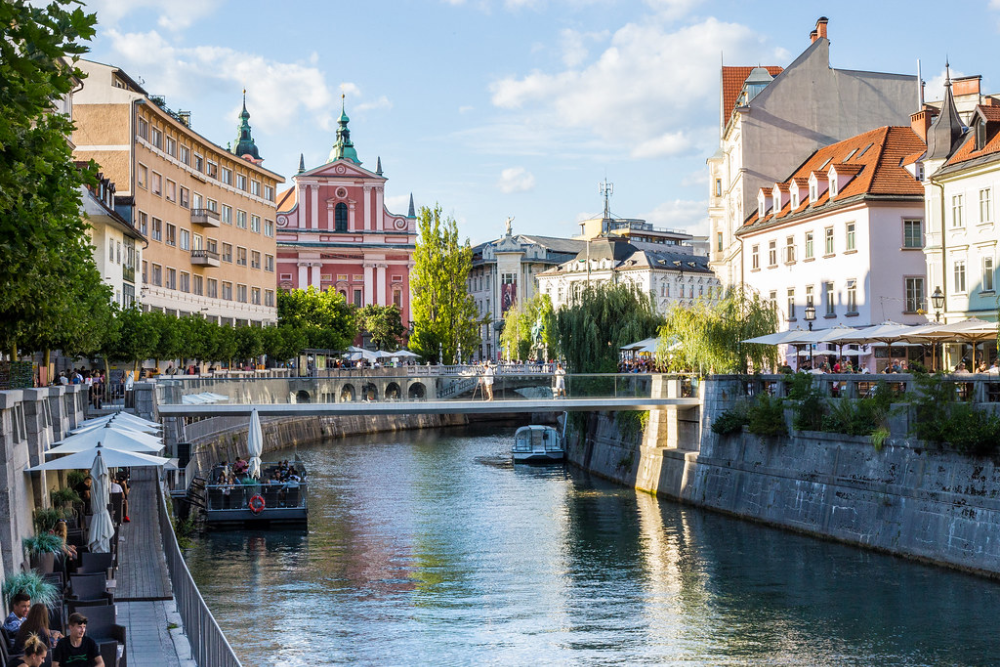
Often confused with Slovakia, this small capital offers fairy-tale charm without Western European prices. Dragon bridges and castle views create magical evenings, while car-free streets make walking feel natural and safe.
The local food scene emphasizes fresh and organic, surprising visitors with its sophistication.
Bucharest, Romania
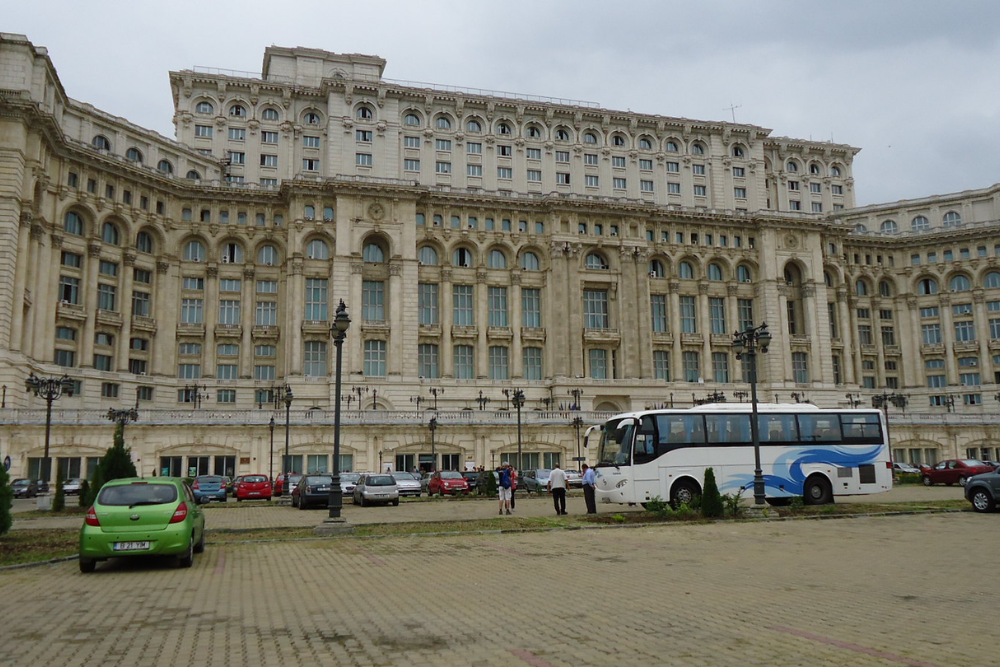
Dracula myths and communist-era stories often overshadow this Paris-inspired capital. Wide boulevards lead to hidden gardens, while restored mansions house exciting art galleries.
The historic center stays lively late into the night, and public transportation runs safely and efficiently.
Like Travel Pug’s content? Follow us on MSN.
Sofia, Bulgaria
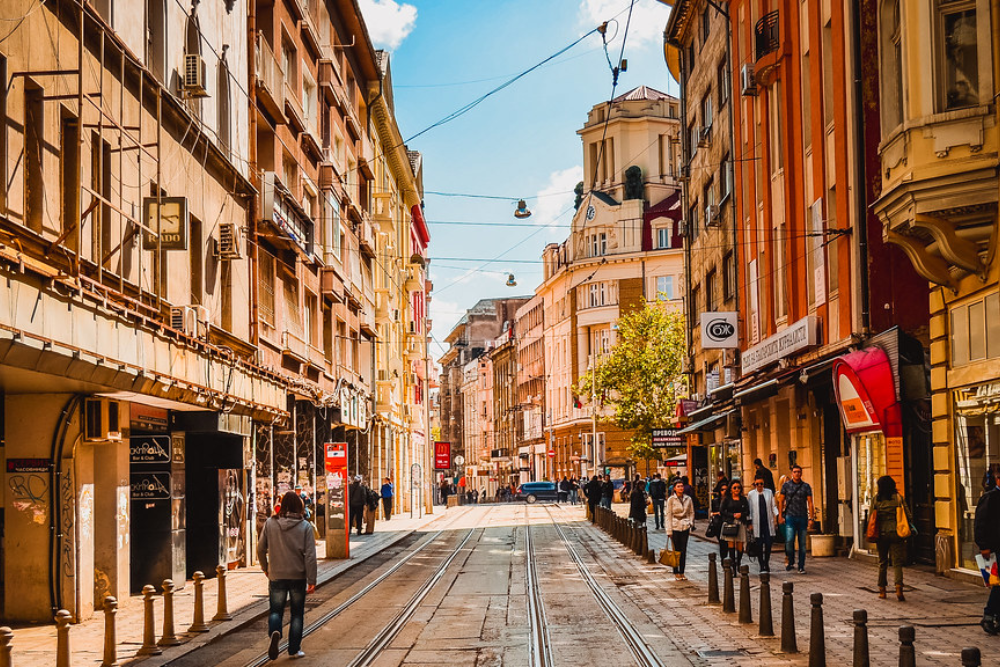
Soviet-era stereotypes fade quickly in this ancient-meets-modern capital. Golden-domed churches neighbor craft beer bars, while mineral springs offer free public spas.
The metro system feels both safe and sophisticated, and nearby mountains provide easy outdoor escapes.
Gdansk, Poland
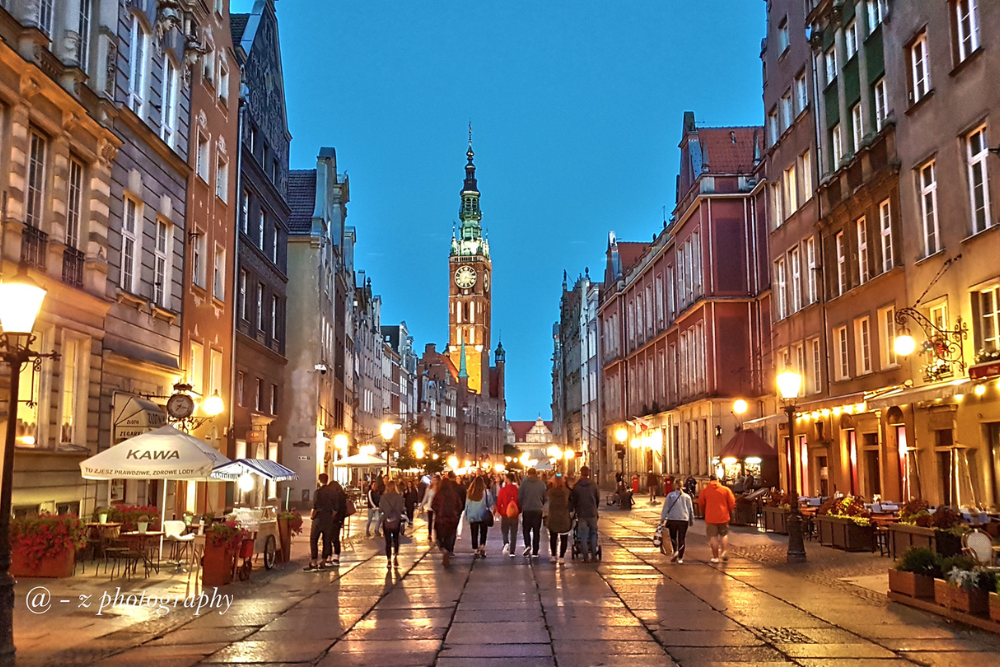
This Baltic beauty offers Hanseatic architecture without Western European crowds. Restored medieval streets house amber shops and cozy cafes, while modern museums tell powerful stories.
The waterfront stays busy with locals well into the evening, and the famous shipyards now host art galleries.
Belgrade, Serbia
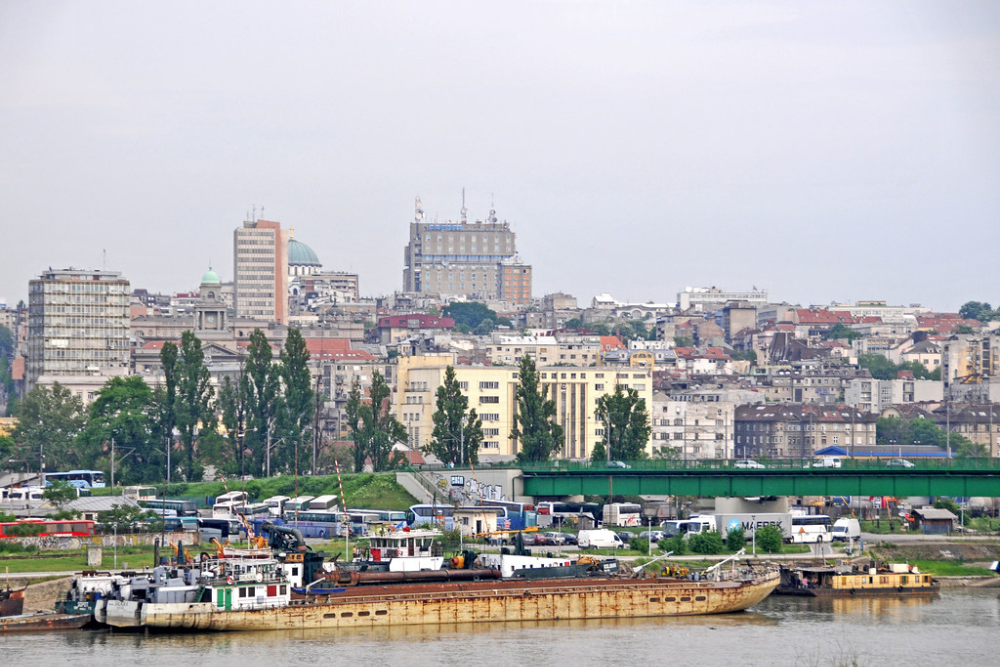
The White City rises above two rivers with unexpected energy. Floating restaurants offer safe nightlife options, while ancient fortresses host summer concerts.
The cafe culture rivals Vienna’s, and the local markets welcome visitors with traditional hospitality.
Like Travel Pug’s content? Follow us on MSN.
Skopje, North Macedonia
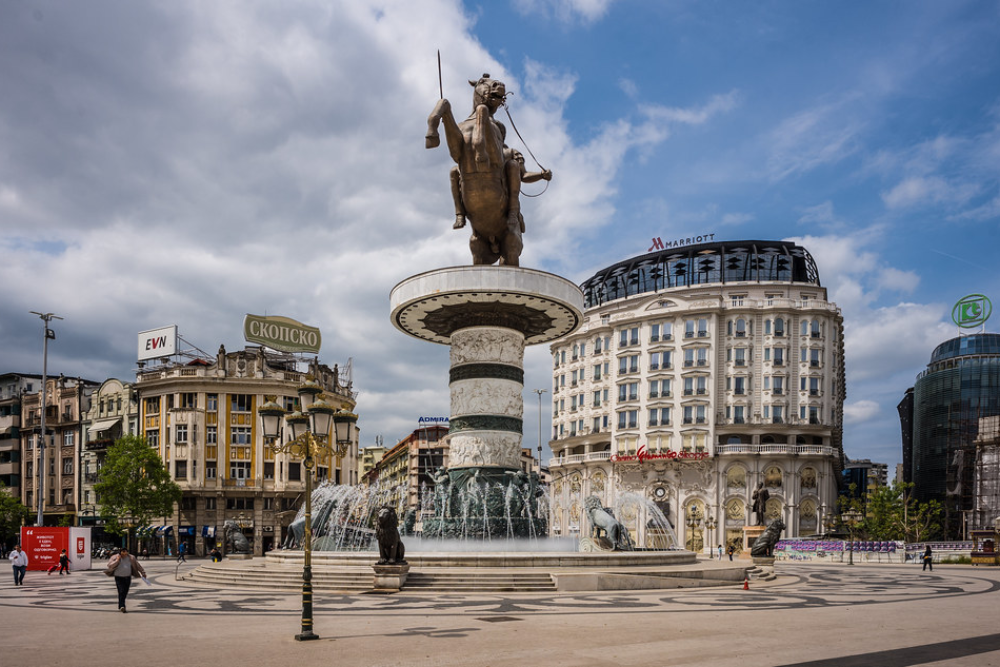
Ancient bridges and modern statues create an unusual but safe urban landscape. The old bazaar remains one of Europe’s largest, while nearby mountains offer quiet retreats.
Evening walks along the river reveal a city proud of its multicultural heritage.
Riga, Latvia
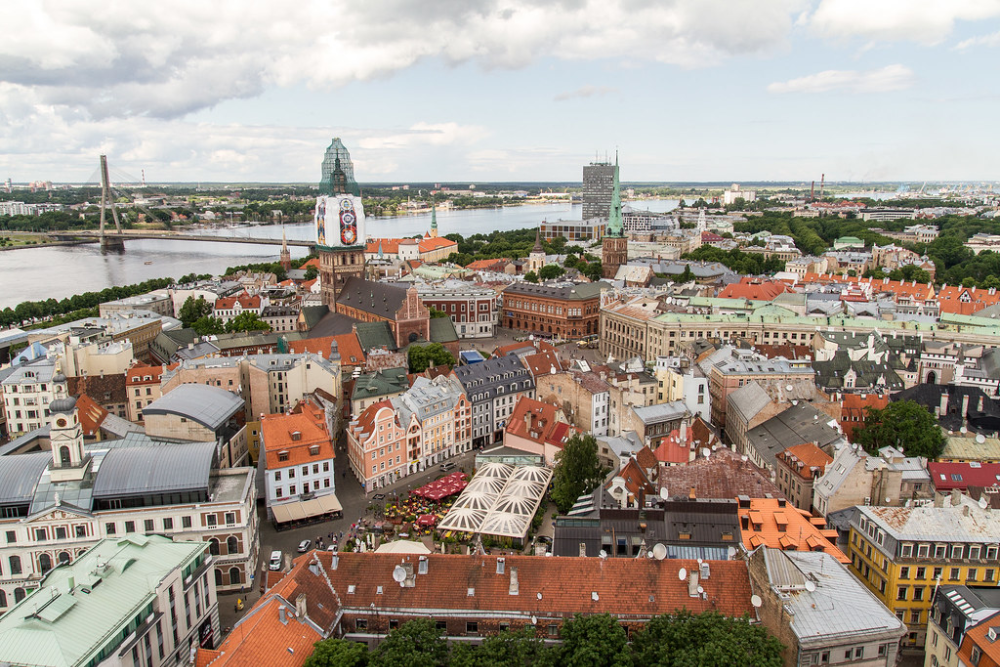
Art Nouveau architecture rises above medieval streets in this Baltic capital. Safe public transportation connects historic neighborhoods, while creative districts showcase local design.
The central market’s converted zeppelin hangars offer unique shopping without tourist crowds.
Bratislava, Slovakia
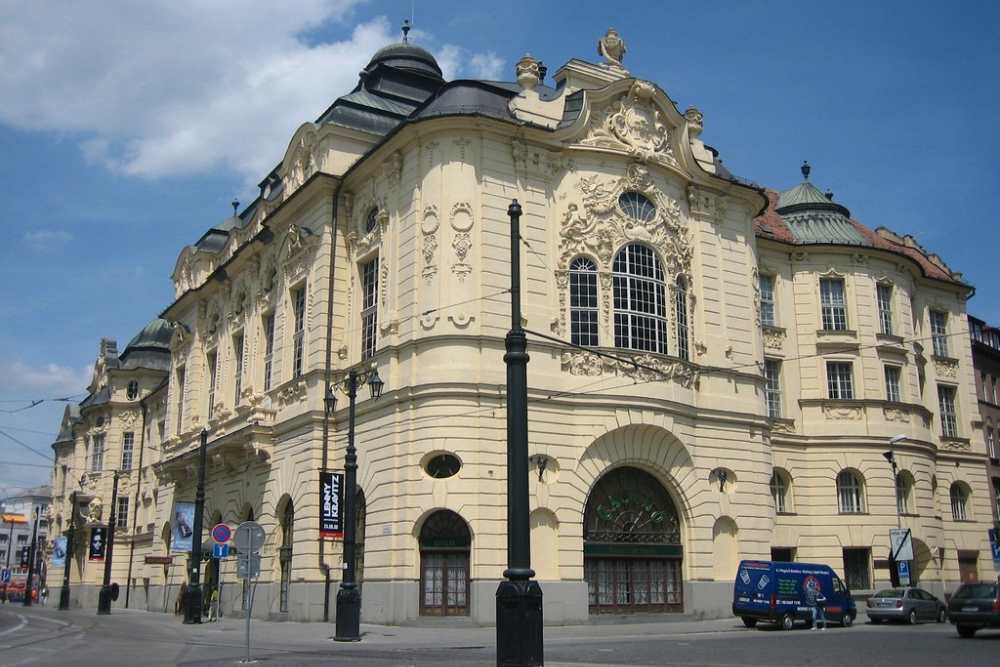
Often overshadowed by nearby Vienna, this Danube city offers its own charming character. Castle views stretch across a peaceful old town, while modern districts show economic progress.
Evening riverside walks feel completely safe, and the local beer scene surprises visitors.
Like Travel Pug’s content? Follow us on MSN.
Zagreb, Croatia
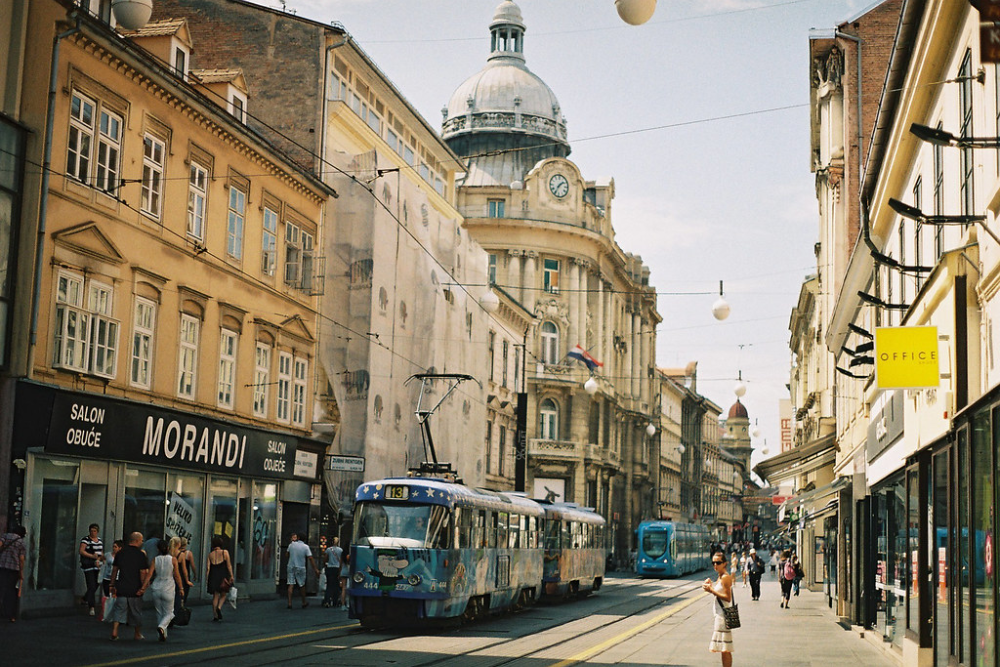
While tourists flock to the coast, the capital offers safe urban adventures. Museum-filled streets lead to cafe-lined squares, while trams connect historic neighborhoods.
The unique Museum of Broken Relationships draws curious visitors, and the local food scene emphasizes fresh ingredients.
Vilnius, Lithuania
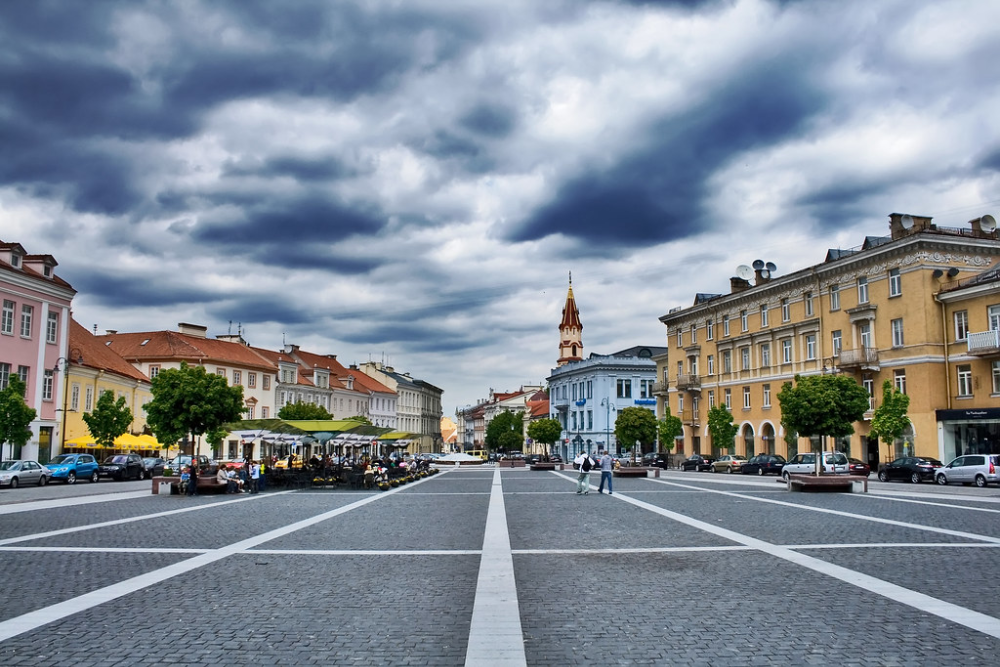
The Baltic’s baroque beauty offers safe streets and surprising art scenes. Self-declared ‘republics’ showcase creative spirit, while gothic churches house hidden cafes.
The UNESCO-listed old town stays peaceful even late at night, and local markets welcome curious visitors.
Tallinn, Estonia
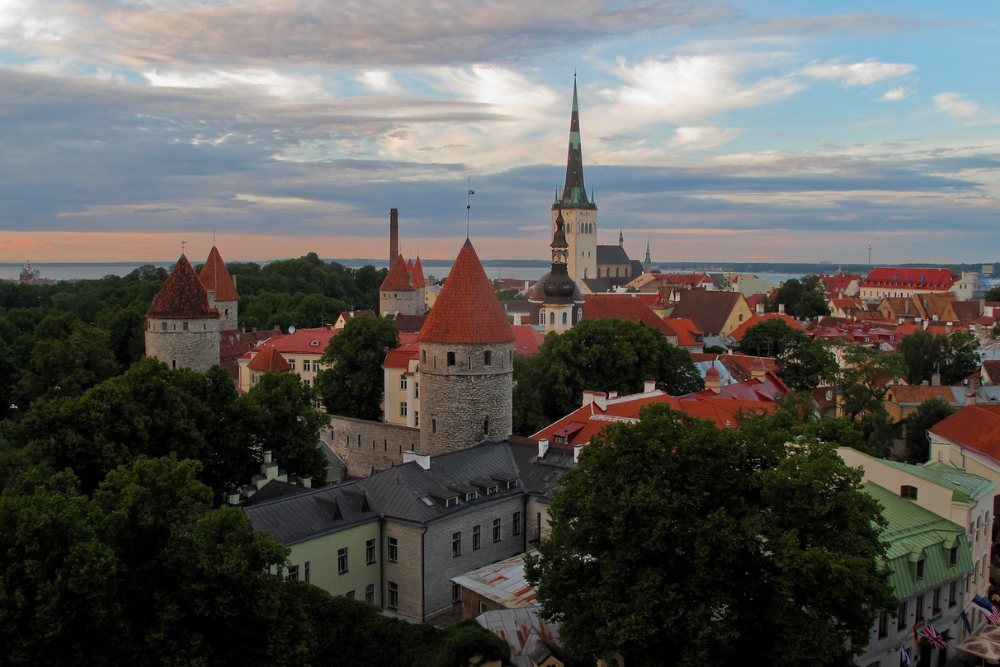
Medieval walls surround one of Europe’s most digital societies. Safe streets connect start-up hubs and ancient churches, while the port area hosts modern museums.
The old town feels magical without being touristy, and public Wi-Fi makes navigation easy.
Like Travel Pug’s content? Follow us on MSN.
Porto, Portugal
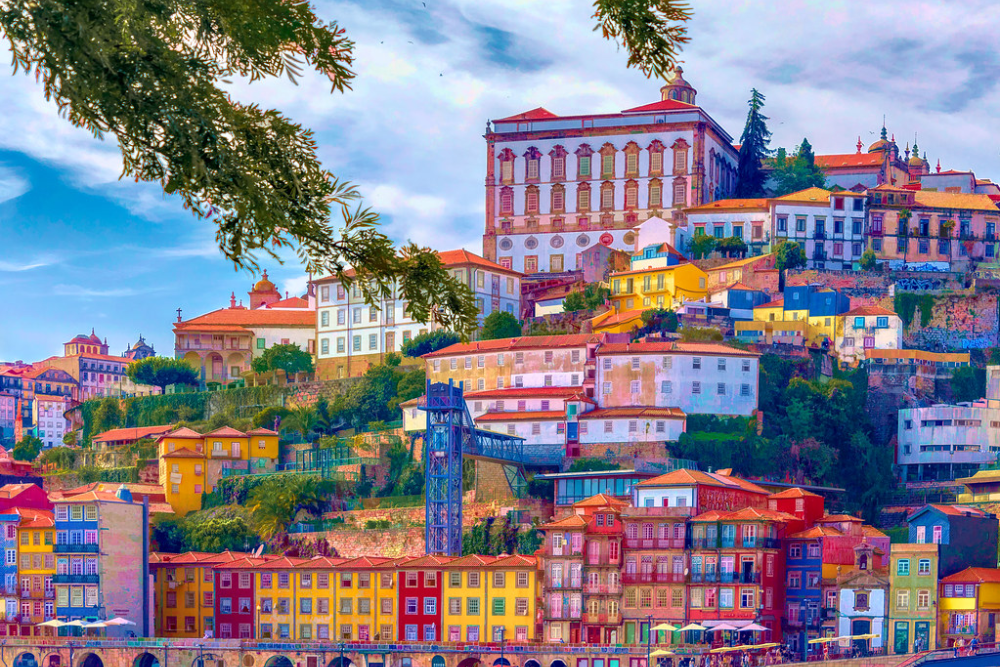
Often in Lisbon’s shadow, this northern city offers a safe exploration of historic streets. Port wine cellars welcome visitors across the river while trams climb steep hills safely.
Evening walks along the Douro reveal a city proud of its working-class roots.
Lviv, Ukraine
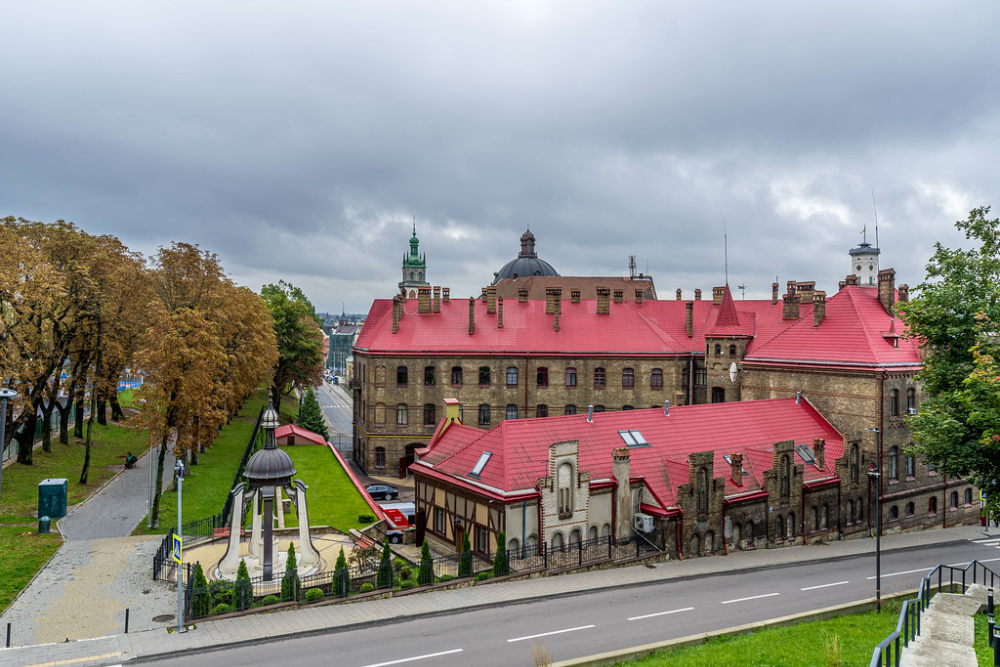
This architectural gem in western Ukraine surprises visitors with its Central European charm. Coffee houses occupy Habsburg-era buildings, while the opera house rivals Vienna’s.
The compact center feels safe for walking, and local traditions remain strong.
Plovdiv, Bulgaria
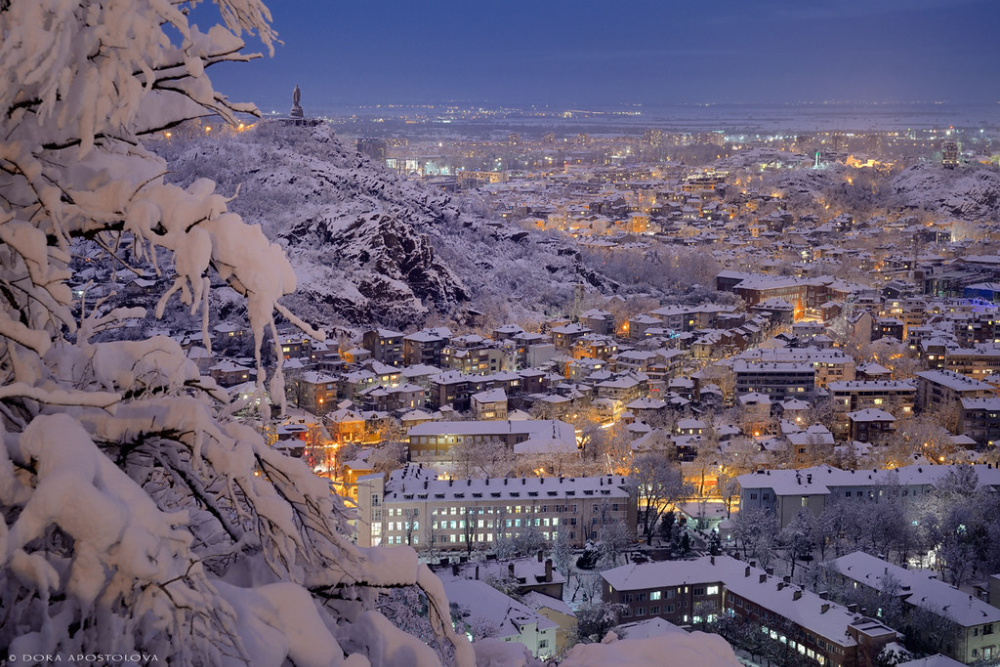
Europe’s oldest continuously inhabited city offers Roman ruins without Roman crowds. Creative districts occupy restored merchant houses, while quiet streets lead to ancient theaters.
Evening cultural events happen safely throughout the old town.
Like Travel Pug’s content? Follow us on MSN.
Kotor, Montenegro
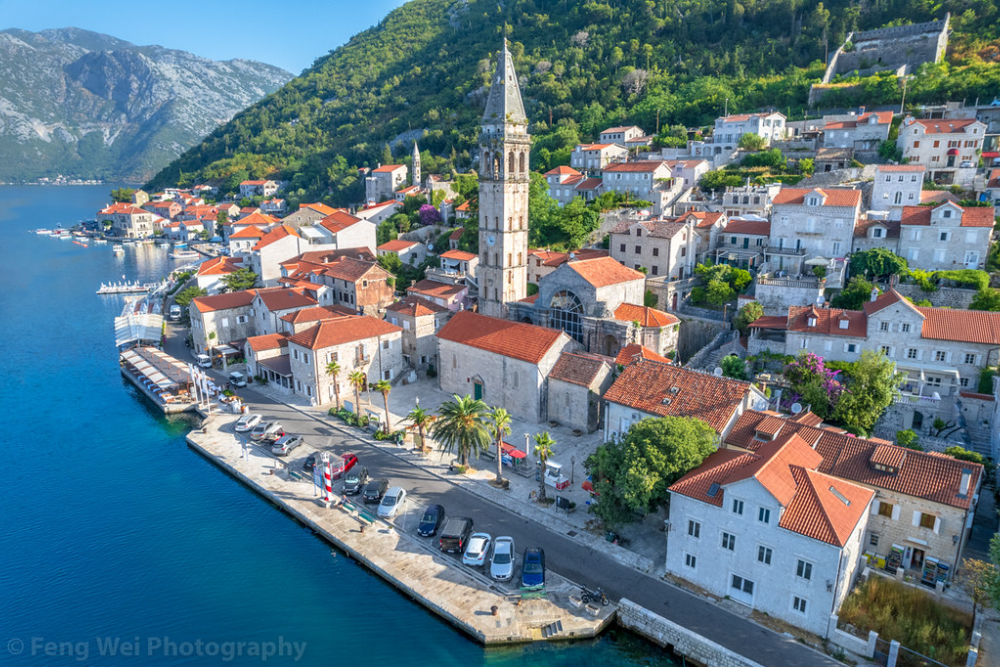
Medieval walls climb mountains above this Adriatic gem. Safe streets wind through one of Europe’s best-preserved old towns, while cats guard ancient stones.
Evening walks along the bay reveal a peaceful side of the Balkans.
Maribor, Slovenia
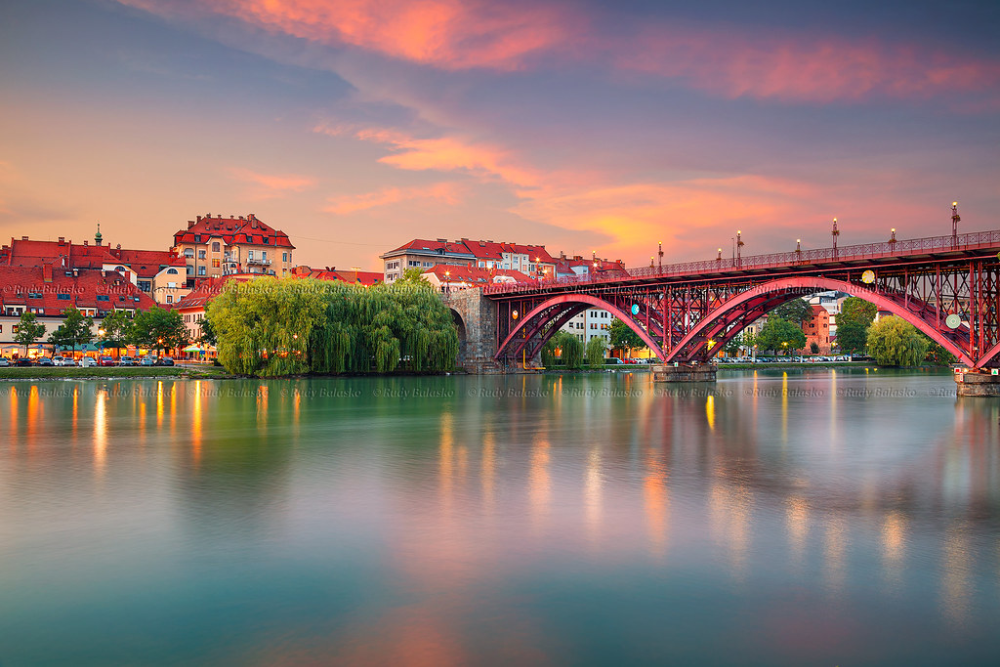
The world’s oldest vine grows in this charming riverside city. Safe cycling paths connect wine regions, while the old town hosts year-round festivals.
Student life keeps the atmosphere young, and nearby hills offer easy escapes.
Brno, Czech Republic
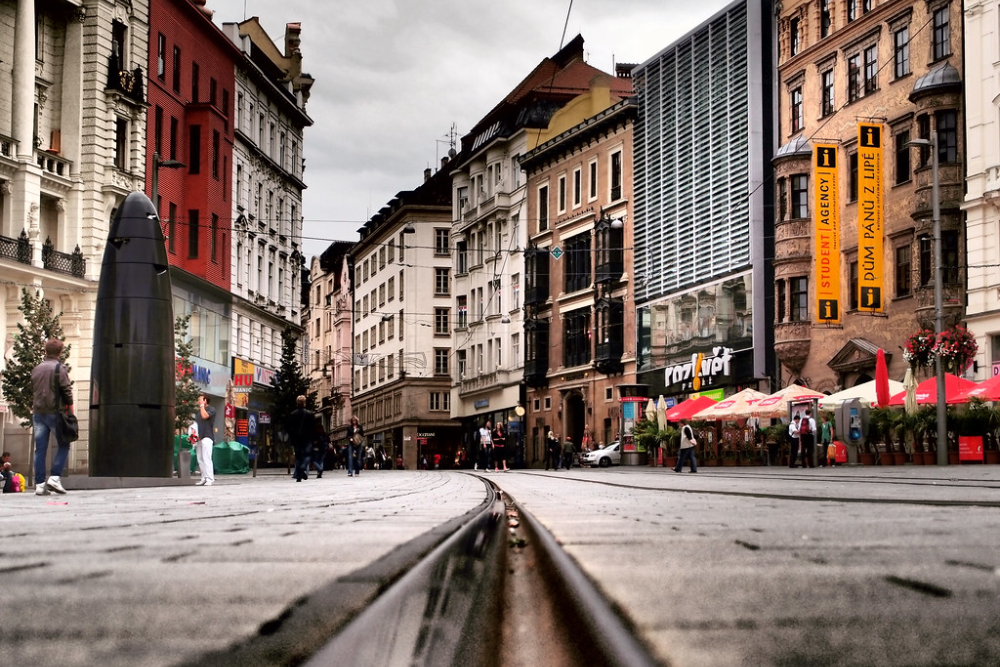
Prague’s lesser-known cousin offers architectural gems without tourist crowds. Safe streets connect coffee shops and craft breweries, while underground tunnels tell fascinating stories.
The student population keeps nightlife lively but friendly.
Like Travel Pug’s content? Follow us on MSN.
Beyond Stereotypes
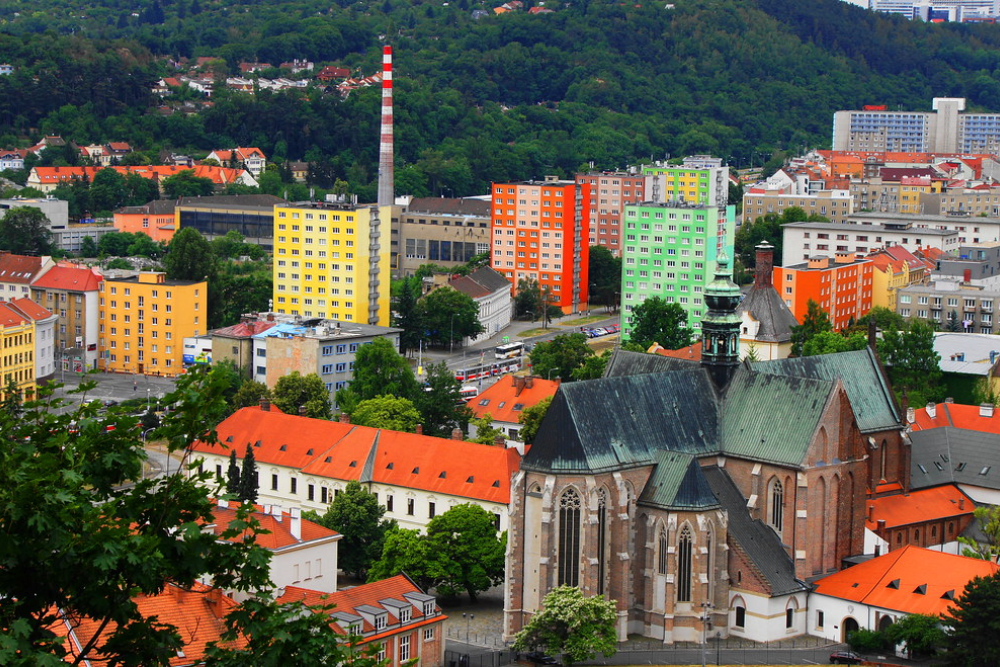
These places remind us that yesterday’s headlines shouldn’t determine tomorrow’s travel plans. While some might require a bit more research or basic precautions, they offer authentic European experiences without the usual tourist crowds.
Remember, every destination has its story, and the most rewarding chapters often come from places willing to show travelers their true character. Sometimes the best adventures start with giving misunderstood places a chance to surprise you.
More from Travel Pug

- 20 Towns Built for One Purpose That Were Later Abandoned
- 15 Hidden Spots in Disney World’s Magic Kingdom Most Visitors Miss
- 15 Most Scenic Walks Anywhere in The World
- 15 Canyons in the U.S. That Are Just as Stunning as the Grand Canyon
- 10 Under-the-Radar Mountain Towns That Are Both Affordable and Beautiful
Like Travel Pug’s content? Follow us on MSN.
